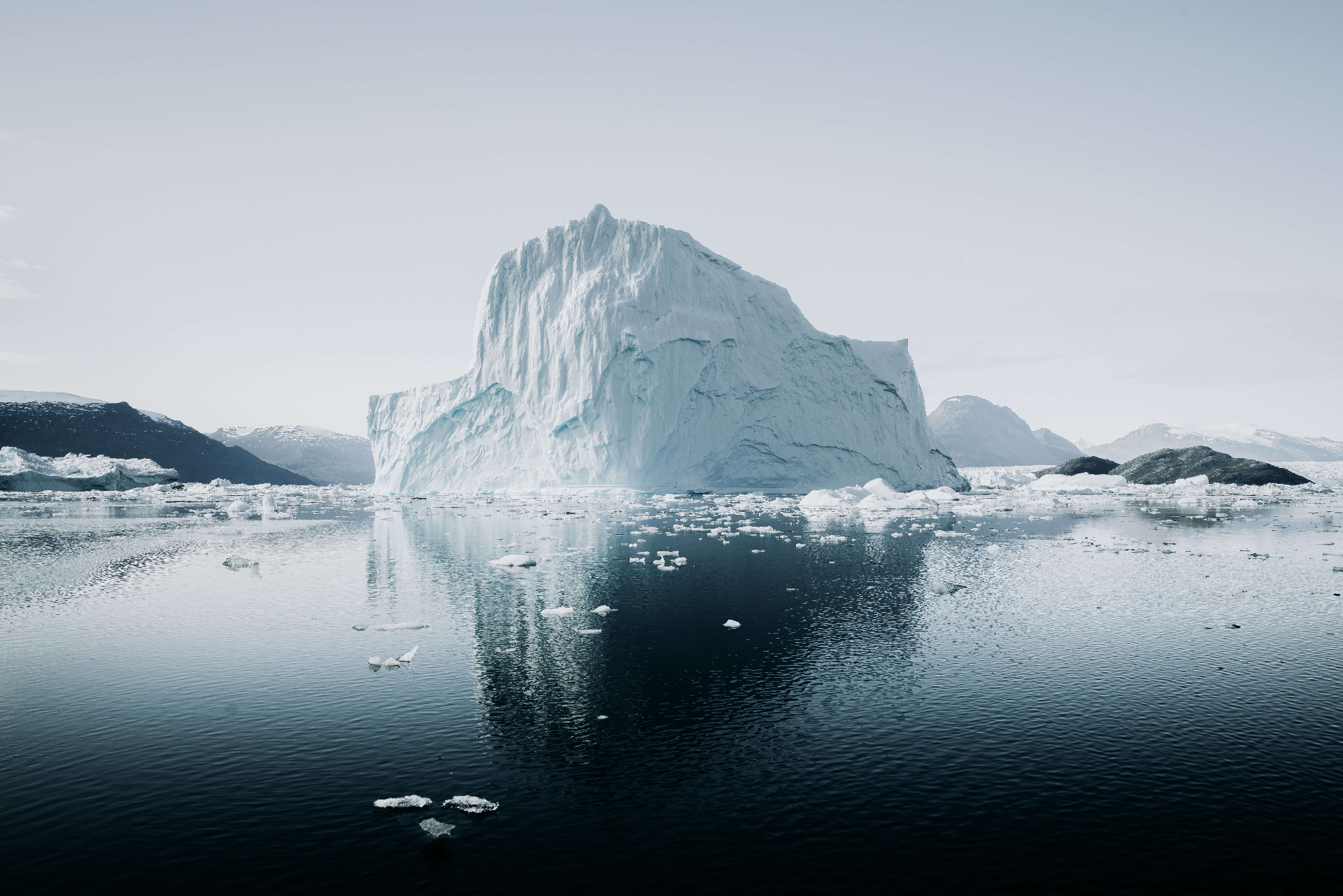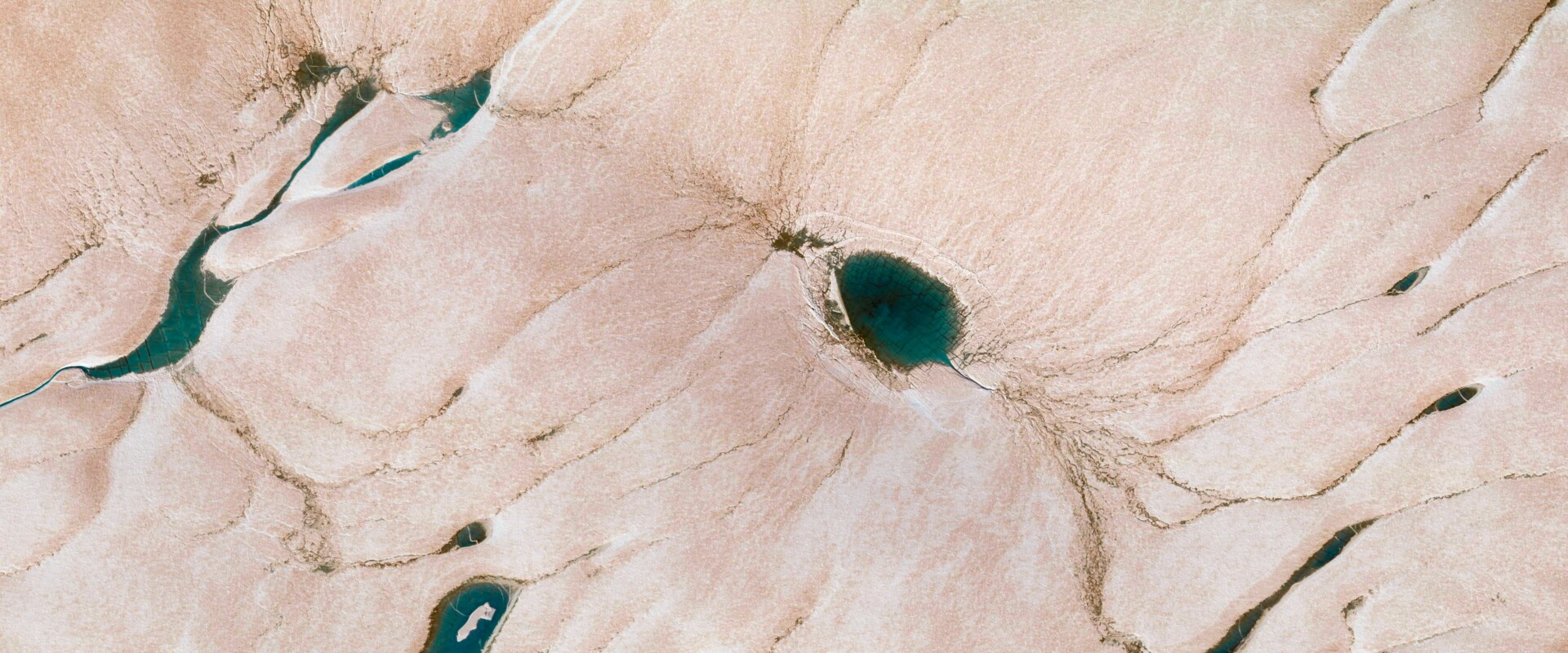
Why Greenland’s Ice Melt Is a Concerning Loss
We are reader-supported. When you buy through links on our site, we may earn affiliate commission.
Climate change discourse is rife with images of massive glaciers melting and enormous forests shaven down to stumps. The seemingly unbelievable imagery is somewhat rooted in what’s happening — look at Greenland’s ice melt to verify.
Greenland’s famous ice sheets are fading away at an alarming rate. Researchers are on the case to explore the most prominent climate crisis influences to see what they can salvage. How are the sheets doing right now, and how long do they have to go before it’s too late?
What Is the Greenland Ice Sheet (GCI)?
The GCI is one of the world’s most famous bodies of ice. It isn’t the size of the Antarctic ice sheet, but it is one of the most impressive. The sheet makes up 80% of the island of Greenland, mainly leaving the coastal regions untouched. Here are other remarkable numbers to explain the scope of the GCI:
- It covers 656,000 square miles.
- Its thickest point measures 1.9 miles.
- There are 696,000 cubic miles of ice packed into the sheet.
- If the whole sheet melted, sea levels would rise 24 feet.
The sheet is not melting all at once, but the rise in sea level could jeopardize coastal cities over time. Ignoring ice preservation means shorelines will shrink, floods will increase, and land masses disappear.
It isn’t easy to perceive how quickly this is happening because of the sheer size of the GCI. Additionally, climate experts report global temperatures have risen by one degree Fahrenheit, which may seem trivial to most — but it isn’t. The world’s poles warm faster than the average, and Greenland has been hit by a seven-degree increase since 1991. Biodiversity there is more vulnerable, primarily because most live in coastal locations.
The Causes Behind the Melting
A change in weather patterns is the first significant side effect. Temperature is an obvious concern, but the scale of the ice sheet gives it the power to control storms and winds. When those slopes and plateaus shift, air and precipitation move differently, too. It impacts coastal communities in addition to sea-level rise.
As surface melting begins, pools of water and cracks form in these enormous chunks of ice. Eventually, the water trickles down and forms moulins, cavernous openings like wells. It provides more room for meltwater to travel and break down the glacier. Eventually, it will reveal what’s hidden beneath, usually dirt, dust, ash, and other dark materials. This is essential to note because the mass holds more heat. After all, darker colors are exposed.
The glaciers are also moving significantly faster than they did years ago. The speed puts pressure on the ice, making it more vulnerable.
However, the most prominent cause is anthropogenic climate change. Humans have contributed to global warming more than any other cause. Everything from increased waste from consumerism to fossil fuel reliance exacerbates melting speeds.
Though there are many debates on the worth of individual action versus corporate responsibility, everyone must contribute in any way to reduce their carbon footprints to minimize global warming that’s melting the ice.

A Timeline of Greenland’s Ice Melt
Numerous sources have detailed the GCI’s degradation. The GCI has a standard melt season, typically lasting from April to November. Since 2002, it has lost over 280 gigatons in ice annually, contributing 0.03 inches to sea-level rise each time. The central part of Greenland, where the ice is thickest, has seen the least amount of change, but satellites show how severe the edge melting and iceberg calving is.
This degree of ice loss amounts to around 21% of global sea-level rise contributions. At the same time, the other notable factors are thermal expansion in seawater, thawing permafrost, and mountain glaciers losing mass. It is only a recent development that Greenland’s ice melt has caused so much ocean rising. The gains and losses tend to break even between regular snowfall and other natural processes.
Advancing climate change is altering this trend, leading to more intense studies on reversing ice sheet collapse and projecting the breaking point if the climate crisis worsens. What are the results of these investigations?
Why There Is Hope
Research gives environmentalists insight — the GCI might be salvageable. As of 2023, it is not too late or at its ‘tipping point.’ Humanity could get its health back on track.
New research from the Potsdam Institute for Climate Impact Research reported the planet has hundreds of years before the GCI would melt past the point of no return. The thick ice slabs are sturdy, but this does not mean we should procrastinate.
Expert projections modeled the worst-case scenario and confirmed Earth has until 2100 to reduce temperatures. They experimented with several variances in global warming to determine what was and wasn’t a critical turning point. If humans can get the planet cooler, it’s possible to reverse the damage to the GCI. Turning down the heat will benefit the rest of the world, not just the Greenlandic and Arctic ice sheets.
What is even more hopeful is there are slight contingencies. The researchers simulated even temporary circumstances where humans exceed temperature thresholds. There is a window of opportunity to turn the situation around before it becomes irredeemable. This means even if it gets too hot, hope is still present.
Researchers compared temperatures before the industrial era, recognizing there will unlikely be a transition back to those temperatures with what’s required of modern living and urbanization now. However, the planet can withstand no more than a two-degree Celsius increase from pre-industrial times before long-term melting damage and sea-level rise become a problem.

Greenland’s Ice Melt Signals Expedited Climate Change
Global warming is causing the GCI to fade from the planet — an unnerving signal of what could be happening to other major ice formations worldwide. Though environmental advocates are working hard to protect the ice sheet, global contributions are necessary for permanent change. The wildlife in these picturesque and mind-blowing areas will need everyone to participate in carbon footprint-reducing action to maintain what we have left of Greenland’s ice sheet.
Share on
Like what you read? Join other Environment.co readers!
Get the latest updates on our planet by subscribing to the Environment.co newsletter!
About the author

Steve Russell
Steve is the Managing Editor of Environment.co and regularly contributes articles related to wildlife, biodiversity, and recycling. His passions include wildlife photography and bird watching.





